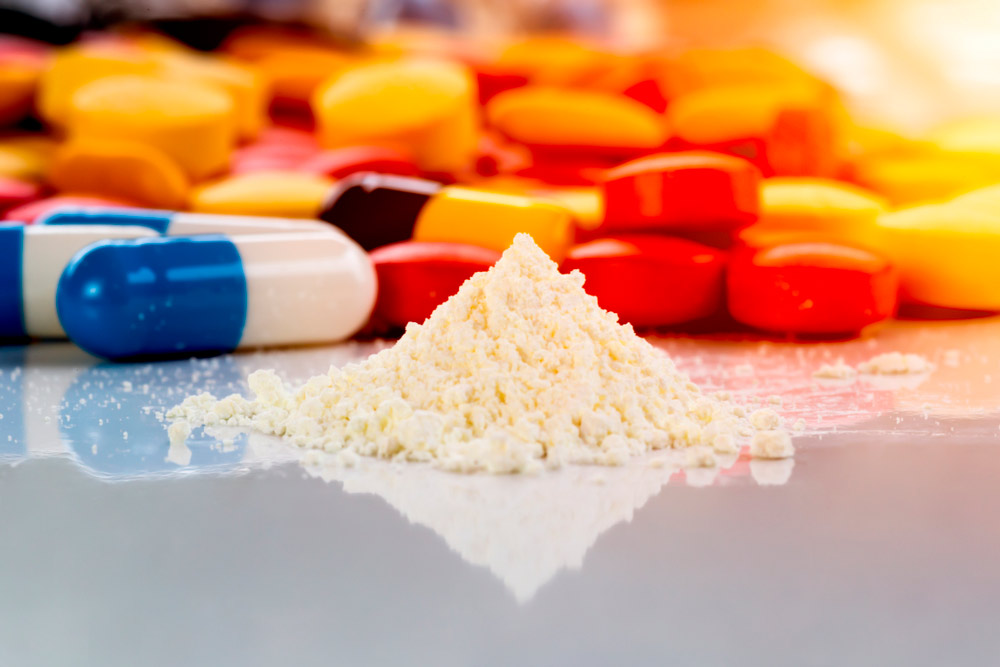The role of excipients in drug formulations is a crucial aspect of pharmaceutical development. Excipients are inactive substances used as carriers for the active ingredients of a medication. Their primary purpose is not to exert a therapeutic effect on their own, but to facilitate the manufacturing process and improve the characteristics of the final pharmaceutical product. Here’s an analysis of the various roles that excipients play:
Solubility Enhancement
Many active pharmaceutical ingredients (APIs) have poor solubility in water, which can limit their absorption in the body. Certain excipients can enhance the solubility of these APIs, thereby improving their bioavailability.
Stabilization
Some drugs are unstable and can degrade quickly. Excipients can stabilize these drugs by preventing chemical degradation or by protecting them from environmental factors like moisture, light, and oxygen.
Controlled Release
Excipients can be used to create controlled-release formulations. This means the drug is released slowly over time, which can improve patient compliance, reduce dosing frequency, and maintain steady drug levels in the body.
Taste Masking
Many APIs have an unpleasant taste, making oral administration challenging, especially for children. Certain excipients can mask these tastes, making the medication more palatable.
Binding and Compression
In tablet manufacturing, excipients are needed to bind the ingredients together and to give the tablet sufficient hardness and integrity so that it doesn’t break apart during handling.
Disintegration and Dissolution
For tablets and capsules, it’s crucial that they disintegrate and dissolve at the right rate in the digestive tract to release the API effectively. Excipients are used to ensure these processes occur as intended.
Lubrication
During the manufacturing process, excipients can act as lubricants to prevent the drug and other excipients from sticking to the equipment.
Filler or Bulking Agent
Some active drugs are extremely potent, requiring only a tiny amount for a dose. Excipients can add bulk to these drugs, making them easier to handle and administer.
Preservation
Excipients can also include preservatives to extend the shelf life of a drug by preventing microbial growth.
Facilitating Drug Absorption
Certain excipients can interact with the body to enhance the absorption of the API. For example, some can temporarily alter the permeability of the intestinal wall.
Aesthetics
Excipients can be used to improve the appearance and appeal of a drug product, including color and shape, which can have a psychological impact on patient compliance.
Targeted Delivery
In advanced drug formulations, excipients can be designed to target the drug to specific sites in the body, reducing side effects and improving therapeutic efficacy.
The selection and combination of excipients are critical steps in the drug development process and must be carefully optimized to ensure the safety, efficacy, stability, and patient acceptability of the final pharmaceutical product. Each excipient must be approved for use by regulatory authorities like the FDA and must be included in the drug label. The interactions between excipients and the active ingredient, as well as their effects on the human body, are subject to rigorous testing during the drug development process.


